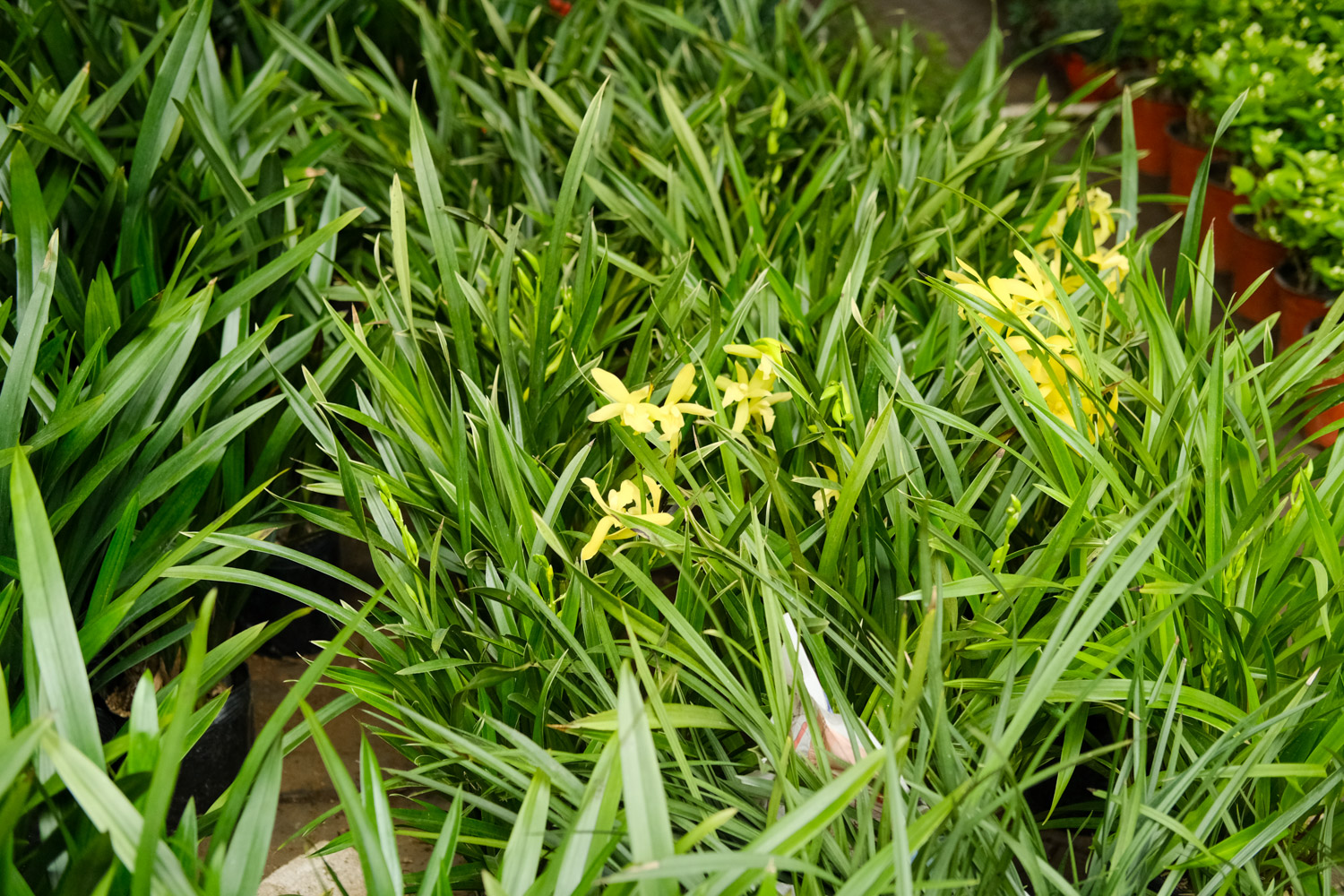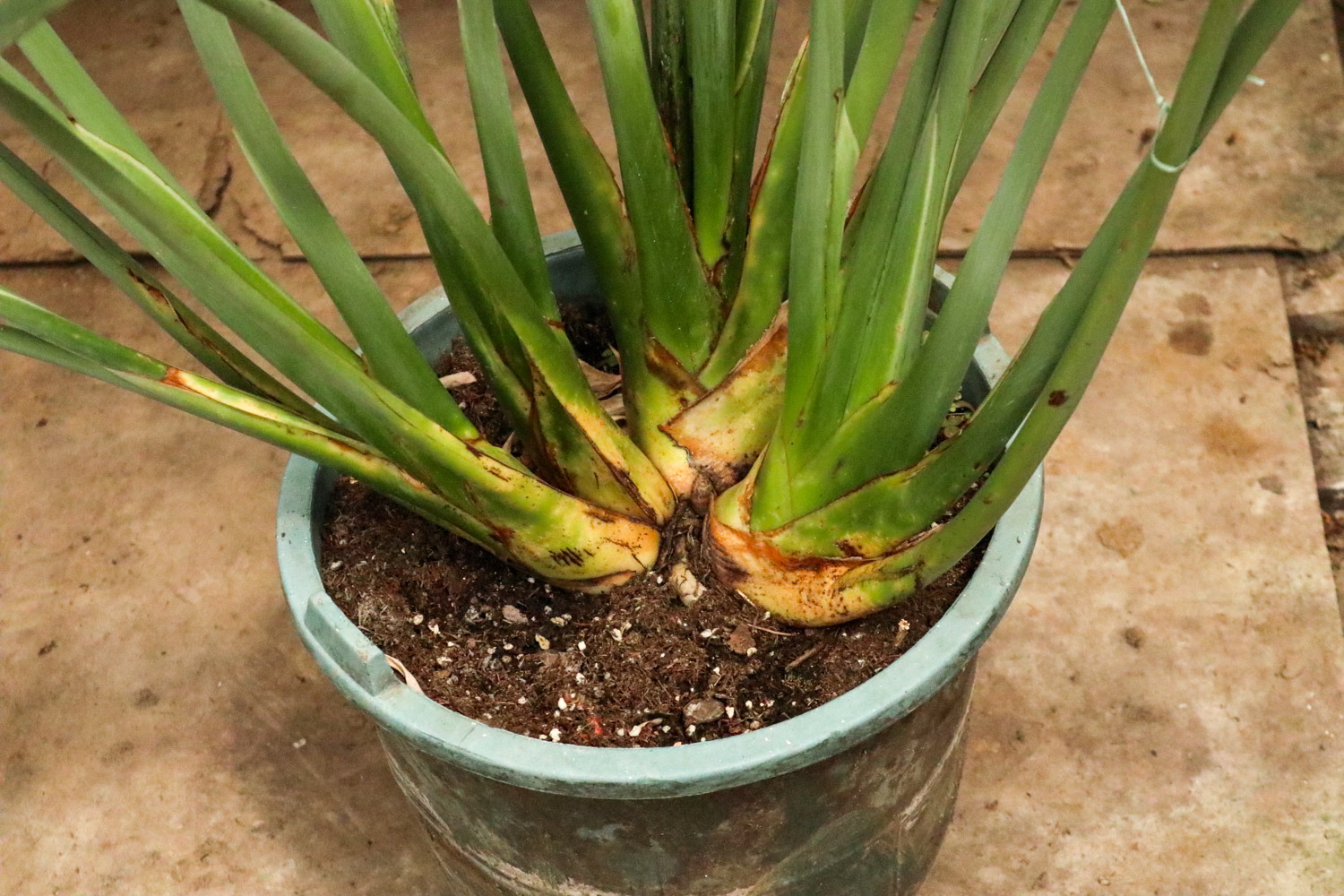1、 Illumination
Spring, summer and autumn can be kept outdoors to receive sufficient light. Don't be too dark, or it will affect growth and hinder flowering. In winter, it is generally kept indoors. Similarly, it is necessary to choose a place with good light. In addition, pay attention to the uniformity of the light. You can rotate the position of the orchid appropriately to receive the light evenly in all directions, otherwise the plant will be skewed due to phototaxis

2、 Soil
Select fertile soil with good air permeability and water permeability. It can be prepared with peat soil, garden soil and moss. Several more holes can be left at the bottom of the basin for drainage
3、 Watering
When the soil is about to dry, replenish water in time. However, the amount should be well controlled, and there should be no ponding in any season. Orchid needs more water in summer. It needs to be watered twice a day, once in the morning and once in the evening. Water less in winter and supplement it appropriately. It is best to use rainwater or spring water, and tap water should be reused after exposure

4、 Fertilization
Fertilization times need not be too much. Once every half a month, bean cake water can basically meet the requirements. In addition, potassium dihydrogen phosphate should be used every other month. It's best not to impose in summer
5、 Pruning
The main task is to cut off the dry branches and leaves. This can not only promote the growth of new branches, but also enhance the air permeability and light transmittance of the plant


 how many times do yo...
how many times do yo... how many planted tre...
how many planted tre... how many pine trees ...
how many pine trees ... how many pecan trees...
how many pecan trees... how many plants comp...
how many plants comp... how many plants can ...
how many plants can ... how many plants and ...
how many plants and ... how many pepper plan...
how many pepper plan...



























